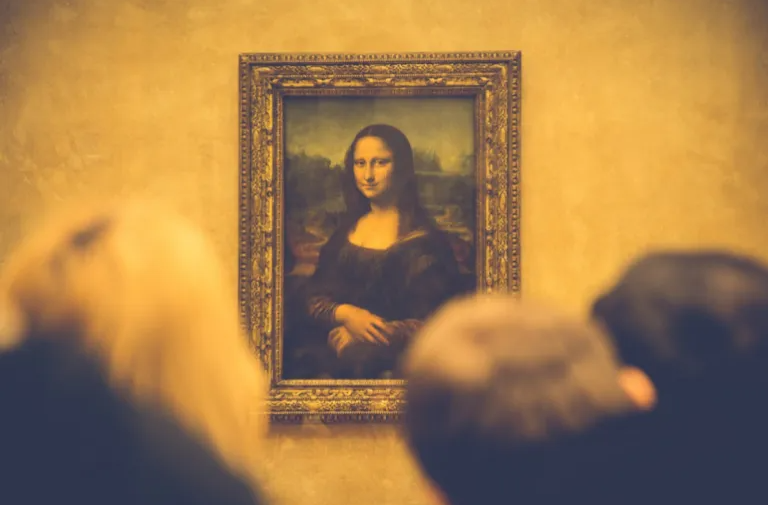
Valentin Schmidt, the CEO of Aska Mona, a company providing technology that allows individuals to interact textually or verbally with around 30 historical figures via scanning a QR code on their smartphones, says, “The immersive experience and new technologies never replace traditional artwork viewing, but they enhance the museum experience and attract a new audience.”
This “simple and reproducible content” has been adopted since 2017 in about 200 museums worldwide, including the Louvre Museum, the Pompidou Center, and the Colosseum in Rome, according to Schmidt.
In the Orsay Museum, which installed a large number of devices during an exhibition dedicated to Vincent van Gogh’s final days, the focus is on a single goal: “To scientifically verify every immersive experience” and to “respect the museum’s financial balance.”
The museum will renew the experience in March next year through a 45-minute immersive experience during the opening of the first impressionist exhibition, using virtual reality headsets.
The Huis ten Bosch Museum in the Netherlands follows the lead of other museums, but through facial recognition technology, it offers each visitor a personalized experience.
Each person can create their own profile. Museum director Karen Drost says, “A photo of the visitor is taken along with providing their email address, date of birth, and specific interests, in order to provide a fully customized visit for them” via their smartphone.
Leave a Reply